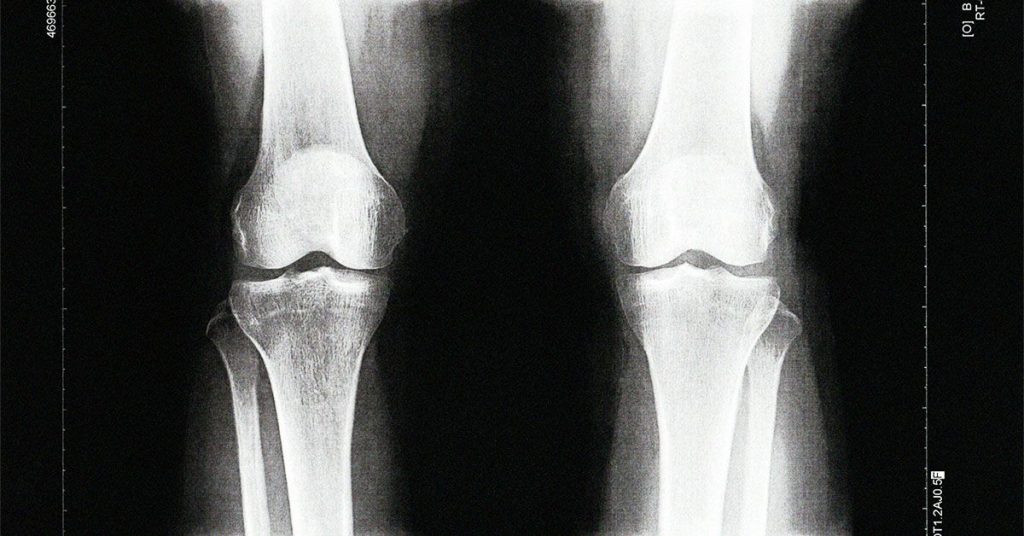Osteoarthritis, a common joint condition, is typically diagnosed through X-rays after a person experiences joint pain. Researchers at Duke University conducted a study on diagnosing knee osteoarthritis and discovered blood biomarkers that can predict the development of the condition up to eight years earlier than it can be detected by X-ray. This study aimed to find early detection methods for OA and introduce interventions to slow its progression. The findings were published in the journal Science Advances.
The Centers for Disease Control and Prevention reports that approximately 20% of adults in the U.S. have arthritis, with OA being the most common form. OA occurs when cartilage breaks down in the joints, leading to pain as bones rub together. Risk factors for OA include joint injury, age, obesity, and genetics. While there is no cure for OA, management strategies include weight loss, exercise, and medications such as NSAIDs. The Duke University researchers focused on identifying blood biomarkers for predicting OA development early to initiate interventions before structural damage occurs.
The study involved analyzing blood serum from a group of women from the Chingford 1,000 Women study, designed to investigate musculoskeletal diseases. The cohort included 200 white women aged 45 to 65 without a history of specific conditions. Half of the group developed knee OA over a 10-year follow-up, while the other half served as a control. Serum samples from years 2 and 6 of the study were assessed using a multiple reaction monitoring assay, identifying six biomarkers that consistently predicted OA development as early as eight years before it appeared on X-ray imaging.
The biomarkers predicted OA development with 77% accuracy, outperforming predictions based on BMI or knee pain. The genes linked to these biomarkers were found to be active in knee joint cartilage and synovium, indicating their importance in understanding OA. While the study results are promising, there are limitations in terms of study design and population diversity. Future implications of this research include the potential for early intervention and slowing/halting OA progression.
Experts emphasized the significance of the study findings, noting the potential impact on future predictions and treatment of osteoarthritis. While these tests may not be immediately available for public use, they hold promise for advancing OA management. Taking steps to maintain a healthy lifestyle, including diet and exercise, is essential in preventing and positively affecting various diseases, including OA. Early identification of individuals at risk for knee OA provides opportunities for interventions to slow disease progression, emphasizing the importance of weight control and leg strength maintenance in OA management. In the long term, this research offers hope for earlier diagnosis, treatment, and ultimately better outcomes for those living with osteoarthritis.


